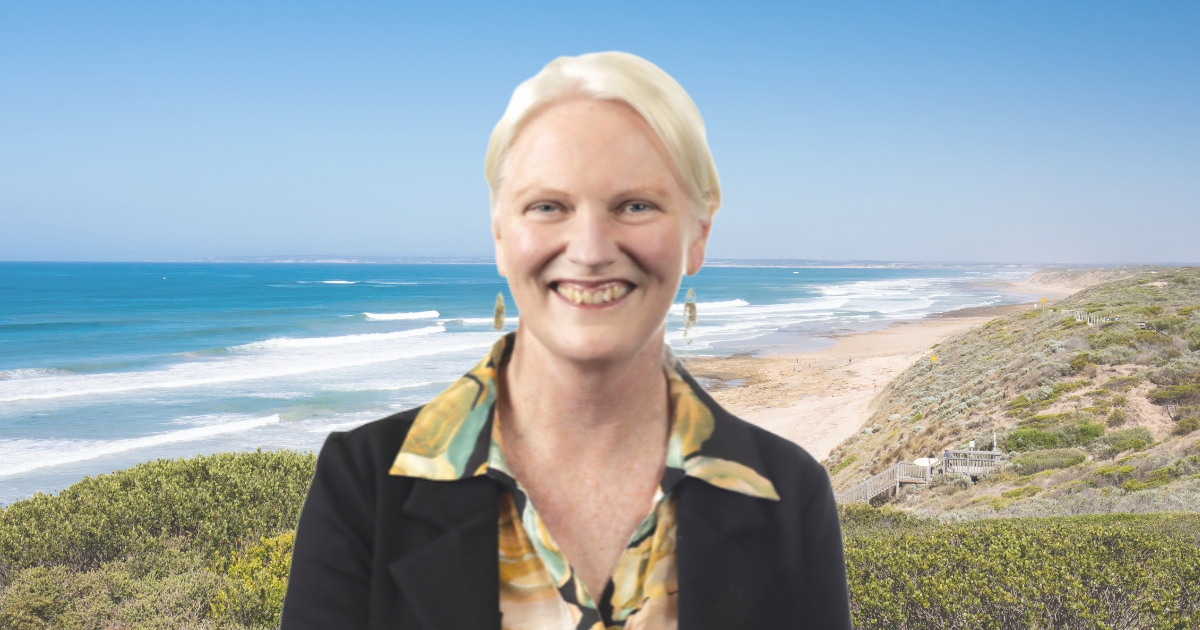Skin cancer with Heroes Home Doctor
Heading into summer we are all aware of skin cancers. Melanoma is the third most common cancer in Australia with our incidence of skin cancer being one of the highest in the world, two to three times the rates in Canada, the US and the UK.
There are three types of skin cancers:
Basal Cells. These resemble small pearly lumps or a scaly, dry area that is shiny and pale or bright pink in colour. Although a cancer they are less aggressive and can be treated by freezing, creams or surgical excision. They can be more dangerous in certain areas such as near the eye or nose.
Squamous cell skin cancers are more like a wound, ulcer or sore that doesn’t heal, a rapidly growing lump or a thick red scaly spot that may be sore. They are slightly more aggressive than basal cell cancers and do have the risk of spread into the body. They are mainly treated by complete removal but more severe ones may require more intensive therapy.
Melanoma. This is the more worrying skin cancer as it can metastases into the body. They initially resemble a mole so can be missed. However early detection and removal has great survival rates.

Seventy to 80 per cent of melanomas actually grow on normal skin, not from a mole you already have. So looking for changes on your skin is very important. You want to look for a new lesion on the skin that looks like a mole or something that is growing and changing. Growth is normally asymmetrical so if you imagined folding it in half the shape and colour wouldn’t match and the border may be hard to distinguish. Anything like this needs to be seen by a doctor.
The most common cause of skin cancers is sun exposure. Longevity in the sun over time and episodes of sun burning are the main concern. To prevent getting burnt you need to protect the skin from the sun with either clothing, shade or sunscreen. Sunscreens are regulated by the TGA like a medication. So all SPF’s with the same number have the same protection so for example there is no SPF 30 brand that is better in regards to its protection level. It is recommended that you use at least an SPF 30. SPF 30 blocks 97% of UVB rays and SPF 50 blocks 98% of UVB rays. Sun protection is recommended when the UV Index is 3 or above, or when spending extended periods of time outdoors.
It is also important you do actually get some sun to make Vitamin D. Sunscreen significantly reduces Vitamin D production. To prevent getting low vitamin D levels you need sun exposure to bare skin and, if necessary, to take a vitamin D supplement. Fair skin should get 10-30 minutes of sun a day and darker skin 20-90 minutes a day depending on the season. With darker skin 20-90 minutes a day depending on the season.


















